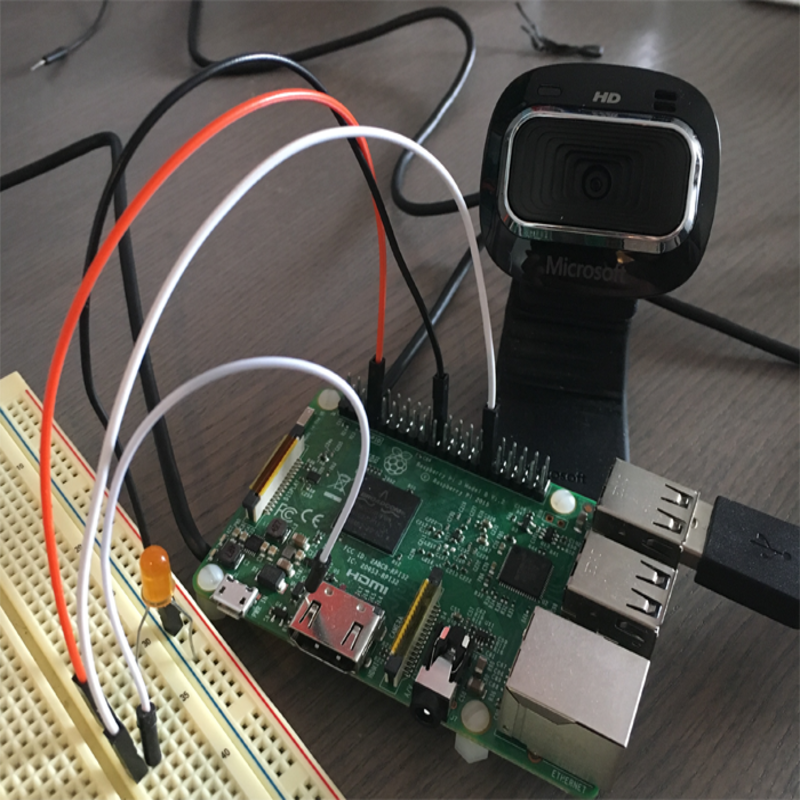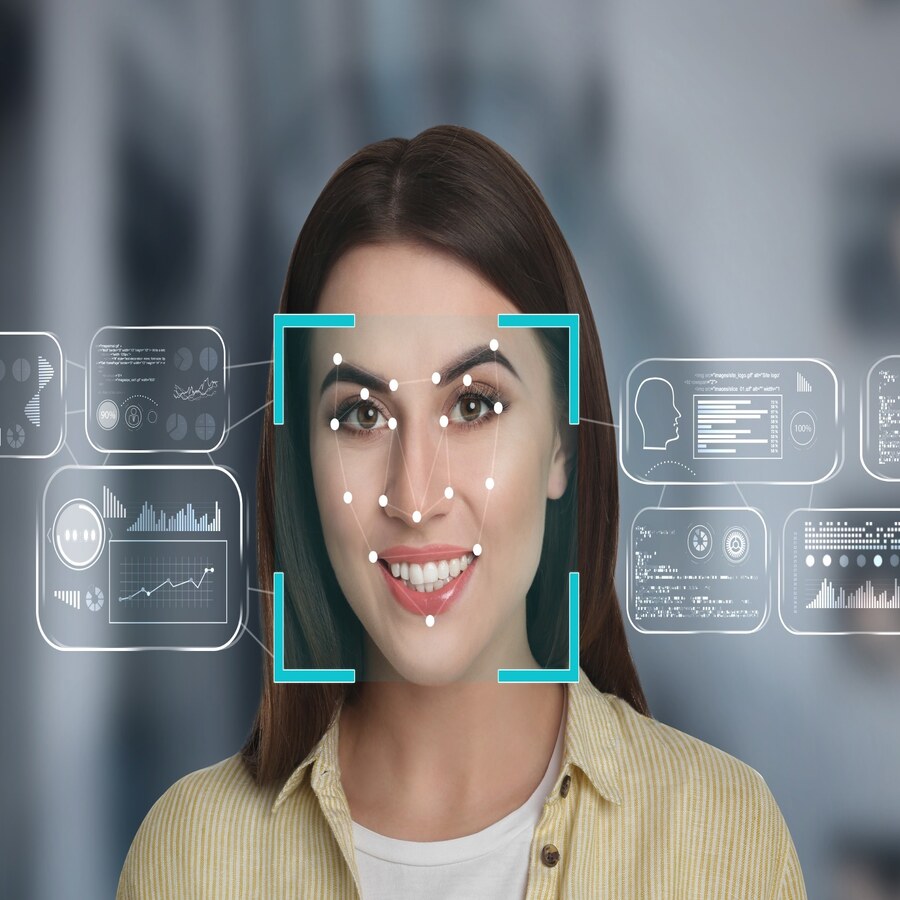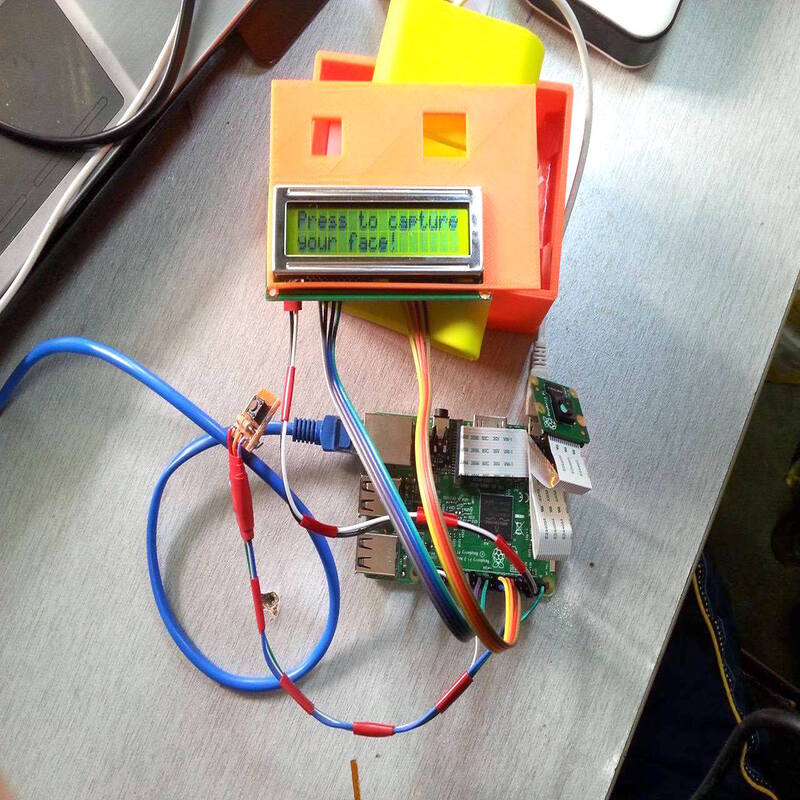Facial recognition technology is rapidly evolving. Today, many applications utilize this powerful tool for security, access control, and personal convenience. As a low-cost, versatile computing platform, the Raspberry Pi becomes an excellent choice for implementing facial recognition systems. This article delves into the transformative potential of Raspberry Pi facial recognition, examining its applications, setup, and more.
Understanding Facial Recognition Technology
What is Facial Recognition?
Facial recognition is a biometric technology. It identifies and verifies people by analyzing facial features. Essentially, it compares a facial image against a database. This technology utilizes algorithms that extract distinct characteristics from facial images. With advancements in machine learning, these algorithms have become remarkably accurate over time. In general, facial recognition systems categorize faces by capturing various facial points. Consequently, the system compares these points to existing data. Thus, it can effectively determine if a newly captured face belongs to someone already in the system.
How Facial Recognition Works
Facial recognition involves several steps. First, it detects a face in an image or video. Second, it analyzes the facial features. Third, it creates a digital representation of the face. Finally, the system compares this representation against stored data. Each step relies on sophisticated algorithms. For instance, face detection uses techniques like Haar cascades or deep learning approaches. Feature extraction utilizes methods like Local Binary Patterns (LBP) or Convolutional Neural Networks (CNNs). These techniques contribute significantly to enhancing the accuracy of the recognition process.

Setting Up Raspberry Pi for Facial Recognition
Choosing the Right Raspberry Pi Model
To get started, you must choose the appropriate Raspberry Pi model. Different models offer varying levels of processing power, which can impact performance. For facial recognition, the Raspberry Pi 4 Model B is highly recommended. Its quad-core processor and improved RAM facilitate efficient image processing. Alternatively, the Raspberry Pi 3 Model B+ can still perform basic facial recognition tasks. However, it may lag in processing speed and capability. Consider your intended applications and requirements before making a decision. Additionally, ensure you have the necessary peripherals, like a camera, monitor, and power source.
Installing Required Software Packages
After selecting a model, installation of software packages is the next step. Popular facial recognition libraries include OpenCV and Dlib. OpenCV supports many computer vision tasks, while Dlib excels at facial landmark detection. To install these libraries, ensure your Raspberry Pi is updated. Use the terminal to run package installation commands. This process may take a while, especially for larger libraries. It’s essential to follow installation instructions carefully. Proper documentation can enhance the installation experience, ensuring all dependencies are met without problems. Once installation is completed, it’s time to test the setup.
Connecting a Camera to Raspberry Pi
Selecting a Suitable Camera Module
Connecting a camera module is crucial for visual input. The Raspberry Pi Camera Module is a popular choice for this purpose. It offers high-quality images and is specifically designed for Raspberry Pi. Another option is using USB webcams, which are also compatible. Both camera options deliver decent resolution for facial recognition purposes. Additionally, users should consider factors like lens quality and field of view. A wide field of view can capture more subjects. Ultimately, your camera choice can significantly affect recognition accuracy and performance.
Configuring the Camera Settings
Once the camera is connected, configuring its settings is essential. Raspberry Pi offers various settings to optimize image capture. Adjusting the resolution can improve processing efficiency. Lower resolution can speed up detection when high detail isn’t necessary. Moreover, consider locking exposure settings to maintain consistent lighting across images. Proper lighting is critical during facial recognition tasks. Poor lighting conditions may hinder face detection performance dramatically. As a result, spend time fine-tuning these settings for optimal performance. Test the camera under different lighting conditions to ensure reliability.
Implementing Facial Recognition Algorithms
Leveraging OpenCV for Facial Recognition
Using OpenCV for facial recognition can be straightforward. Start by importing necessary libraries into your Python script. OpenCV provides pre-trained haarcascades for face detection. You can download these cascades within the OpenCV directory. Moreover, implement image acquisition through the connected camera. OpenCV’s VideoCapture function simplifies this process. After capturing an image, the next step involves detecting the face. Apply the haarcascade and check if a face is recognized. If successful, proceed to the next stage.
Utilizing Dlib for Enhanced Accuracy
Dlib offers a more advanced option for facial recognition implementation. Primarily focusing on facial landmark detection, Dlib excels at improving accuracy. First, install the Dlib library using pip if you haven’t already. The library supports deep learning methods that provide robust performance under various conditions. Start by loading the pre-trained model for face recognition. Then, capture images and utilize Dlib to detect faces. Feature extraction through Dlib allows you to create facial encodings. Comparing these encodings against stored datasets can yield accurate matching results.

Testing Your Facial Recognition System
Setting Up a Testing Environment
Creating a testing environment is vital for evaluating your system’s performance. Ensure you have a well-lit area to enhance accuracy. Take various images of different subjects for testing. Additionally, include diverse angles and expressions to evaluate adaptability. Utilize a controlled setup to eliminate external variables. This process allows you to determine how well the system performs under different conditions. As an additional step, implement some monitoring features to log test results. This data will help you identify strengths and weaknesses.
Analyzing Recognition Accuracy
Once testing is complete, analyze the recognition accuracy. Compare the results obtained against expected outcomes. Keep track of false positives and false negatives during the tests. This analysis can inform necessary adjustments to improve performance. In case of issues, review the algorithms and settings used. Sometimes, simple tweaks can lead to improved accuracy. Furthermore, consider expanding the dataset with additional images for training. A more extensive dataset can enhance the learning process, resulting in better performance over time.
Applications of Raspberry Pi Facial Recognition
Home Automation and Security
Raspberry Pi facial recognition can be efficiently integrated into home automation systems. Homeowners increasingly seek efficient security measures. With facial recognition, doors can unlock automatically for recognized individuals. This technology ensures enhanced security and convenience. Users can customize who has access, managing a virtual guest list. Furthermore, alarm systems can be integrated to trigger if unknown faces are detected. This adds an additional layer of protection. Installing such a system may initially appear complicated. However, numerous tutorials exist to simplify the process, making it accessible to beginners.
Attendance Management in Educational Institutions
Educational institutions can greatly benefit from facial recognition systems. Attendance management poses significant challenges for educators. Traditional methods can be time-consuming and prone to errors. Implementing a facial recognition system streamlines this process. Students can be automatically identified as they enter the classroom. This technology reduces administrative work while improving record accuracy. Additionally, it discourages proxy attendance, ensuring every student is genuinely present. With data analytics, institutions can spot attendance trends over time. This insight informs decisions regarding student engagement initiatives.

Future Trends in Raspberry Pi Facial Recognition
Advancements in Machine Learning Techniques
The field of facial recognition is continuously evolving. Advancements in machine learning are at the forefront of this change. New neural network architectures are emerging, enhancing accuracy and speed. Raspberry Pi, due to its affordability, becomes an excellent educational tool. Users can experiment with these emerging technologies in their projects. Incorporating advanced models will lead to improved facial recognition capabilities. Furthermore, open-source projects in this domain offer ample opportunities for learning. Collaborating with other enthusiasts can foster innovation, driving progress in this field.
Ethical Considerations in Facial Recognition Technology
As facial recognition technology grows, ethical considerations become increasingly vital. Issues regarding privacy and misuse must be addressed. Lawmakers and technology developers must engage in discussions about these concerns. Striking a balance between innovation and ethical standards is essential. Open conversations foster responsible development, ensuring technology serves society positively. Moreover, transparency around data collection and usage can build trust. Users should always be informed about how their data is being utilized. Ethical practices will be crucial for the sustainable advancement of facial recognition technology.
Conclusion
Raspberry Pi has opened doors to countless possibilities in facial recognition applications. Its affordability and accessibility make it an ideal platform for experimentation. From securing homes to optimizing educational attendance, the technology serves multiple purposes. Furthermore, with the continuous growth of machine learning methods, the potential for innovation is limitless. However, developers must remain vigilant about ethical concerns. Only through responsible practices can society fully benefit from advancements in facial recognition technology. In sum, Raspberry Pi facial recognition is not just a fascinating project. It represents a significant step toward smarter and safer environments.


